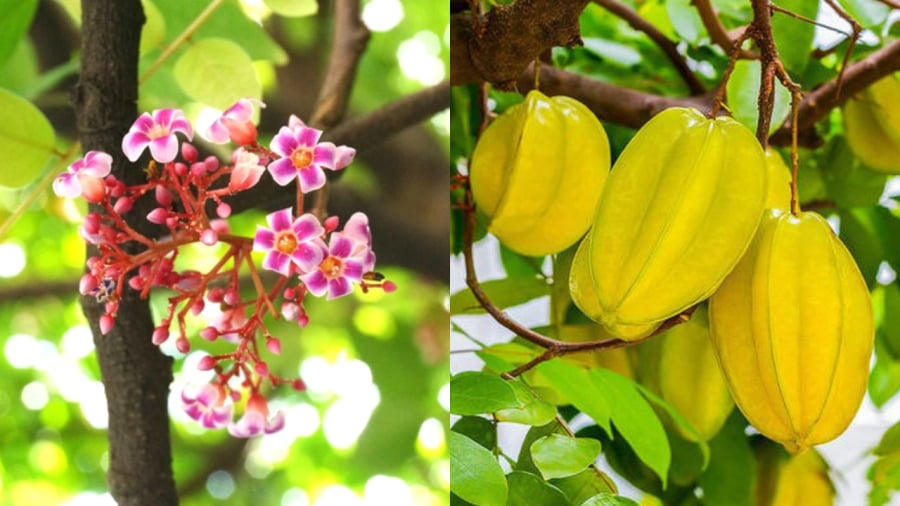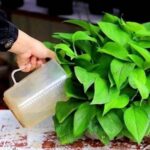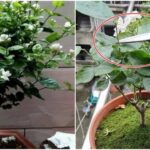How to Grow a Carambola Tree
Carambola trees thrive in soil that is rich in humus, well-drained, and light. Choose nutrient-rich soil with good drainage to prevent root compression, waterlogging, and rot.
Carambola trees are heat tolerant and can grow in both hot and extremely cold weather conditions. However, the optimal temperature for the best-tasting fruit is between 22-25 degrees Celsius, with the fall harvest considered the highest quality.
Carambola trees do not favor strong, direct sunlight and can be planted among taller trees or under an arbor with shade.
For pot planting, select a pot with a minimum size of 60 cm x 60 cm, and repot annually to provide room for growth.

With proper care, the carambola tree can bear fruit all year round.
How to Encourage Year-Round Fruiting for a Bountiful Harvest
Carambola trees require ample water during the fruit-bearing stage from June to the end of the year. Insufficient water will result in fruit drop. When you see an abundance of flowers and the formation of fruit, water the tree twice a day, in the early morning and evening.
To encourage year-round fruiting, consider the following methods:
– Prune the growing tips of the branches by about 20cm. Ideally, prune the tips of all branches. This will encourage the growth of new shoots and more flowers. If the tree is large with many branches, focus on pruning the lower, thicker branches, and allow the smaller branches to grow naturally, pruning them in subsequent sessions.
– After pruning, withhold water for 2-3 days. This will induce a state of “crisis” in the tree, triggering the onset of flower differentiation.
– Once the tree flowers, continue fertilizing and watering to support fruit development.
Dilute urea fertilizer and water the tree after 50 days to encourage larger flowers and fruit. For a more abundant harvest, add well-rotted organic fertilizer to the base at least twice. Additionally, apply bat guano fertilizer every other month and rice water once a week to boost nutrition.
After harvesting, fertilize again to help the tree recover and produce another crop.
Prune the tree annually, preferably during the dry season around February-March. Cut back any branches that are growing too high. This will encourage new, stronger growth, and the lower branches will receive more sunlight, resulting in larger flowers and fruit. While the higher branches may produce more flowers, the fruit tends to be smaller.
Thin out some of the branches to allow better airflow and light penetration, focusing the tree’s energy on flower and fruit production.
To prevent pests, use natural pesticides made from garlic and chili peppers. Common pests include mealybugs (scale insects) and fruit flies.
During the dry season, apply lime to the tree’s base to protect it from borers and other pests that may damage the bark and trunk.
“The Secret to Year-Round Blooming Jasmine: A Magical ‘Stinky’ Water Solution”
For those seeking to enhance the beauty and fragrance of their jasmine flowers, these gardening enthusiasts offer a unique tip. They suggest that by watering your plants with a special “stinky water” concoction, you can encourage a hundred large, vibrant blooms, each more exquisite than the last, and all while intensifying the scent of your jasmine.














